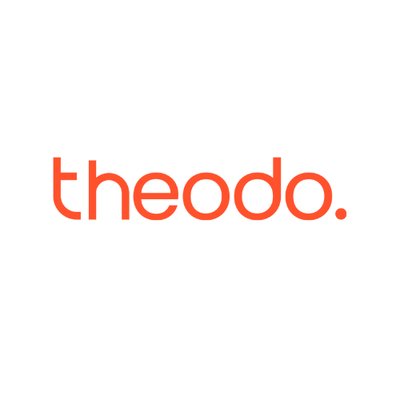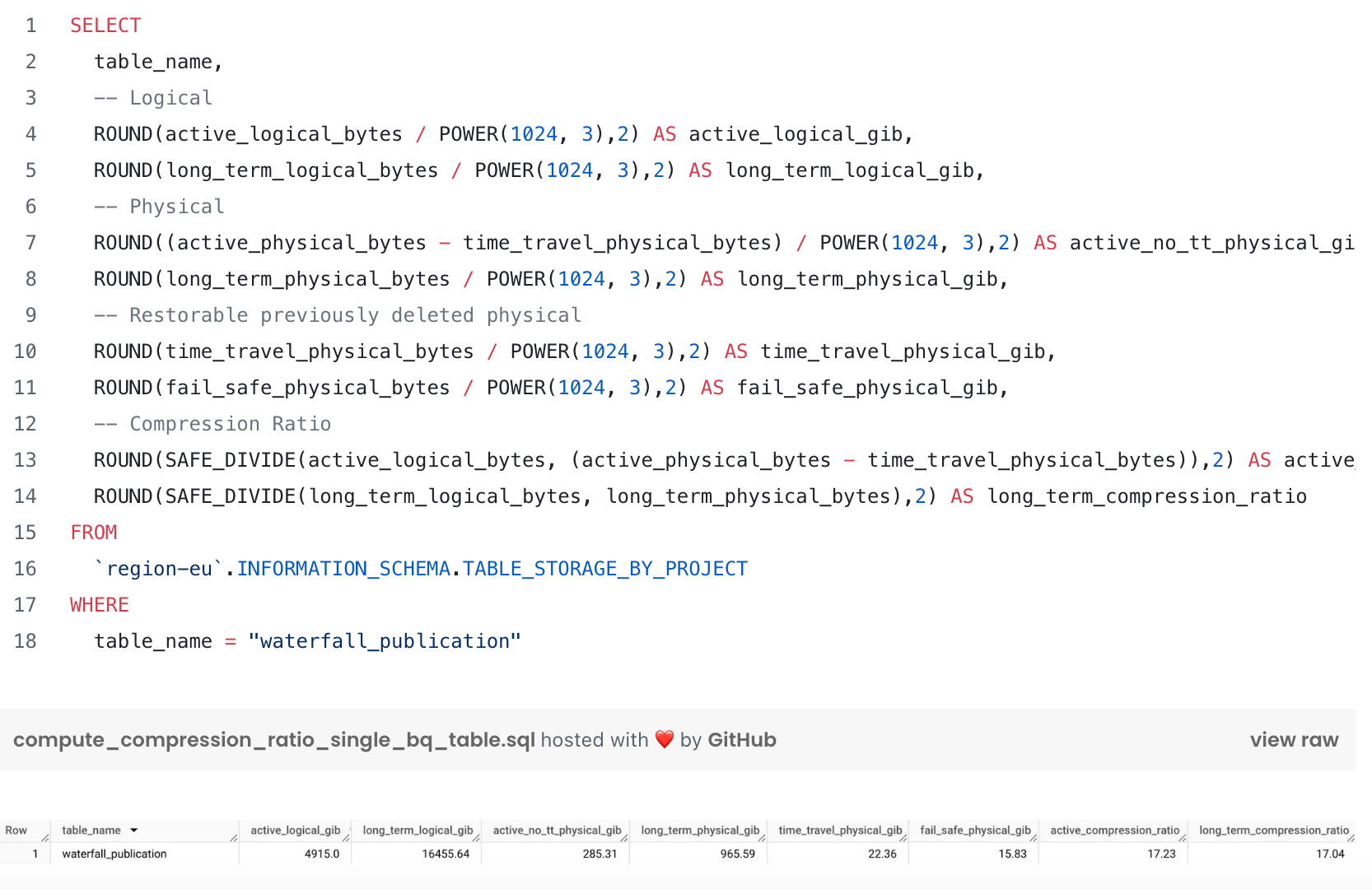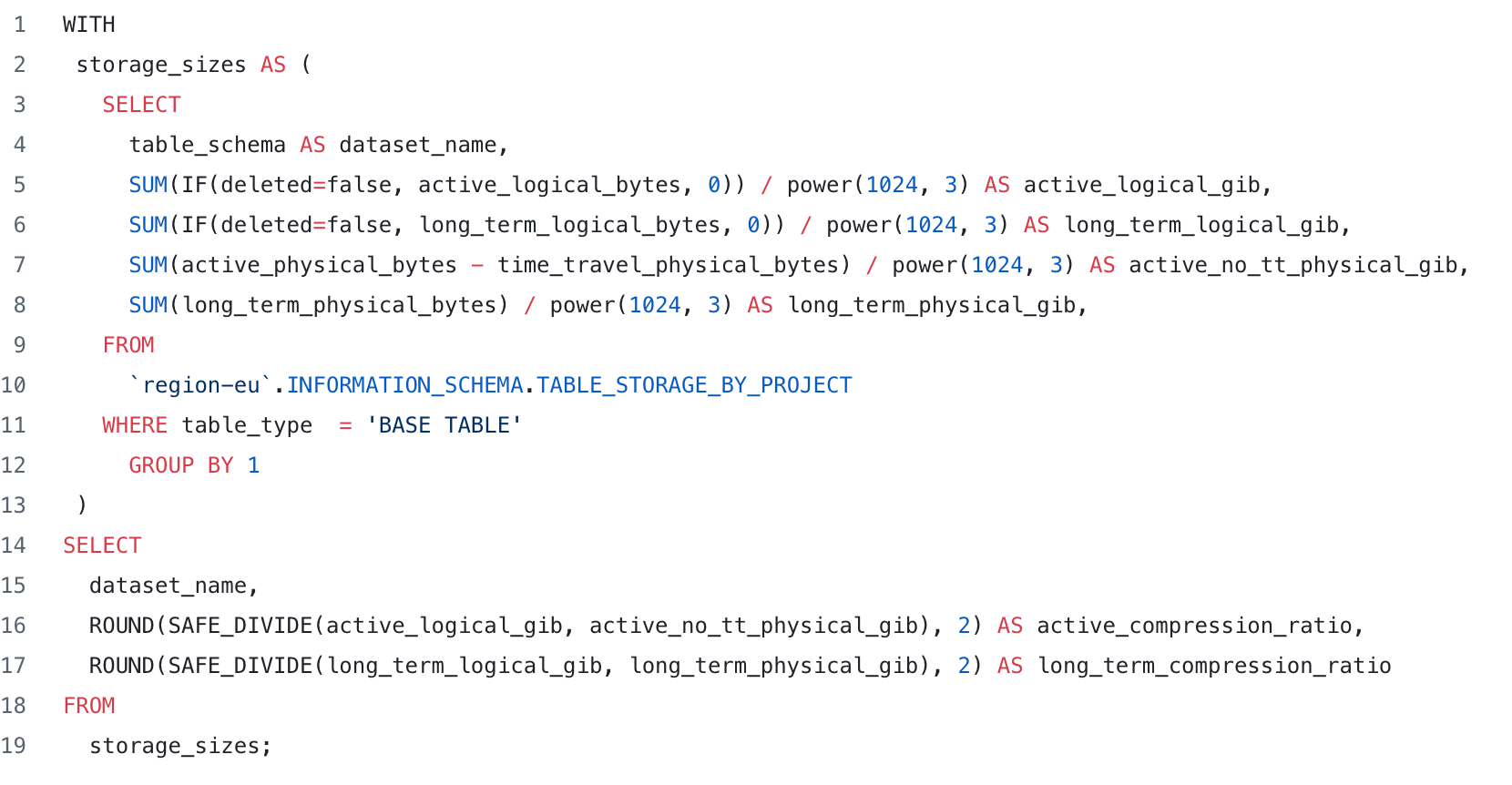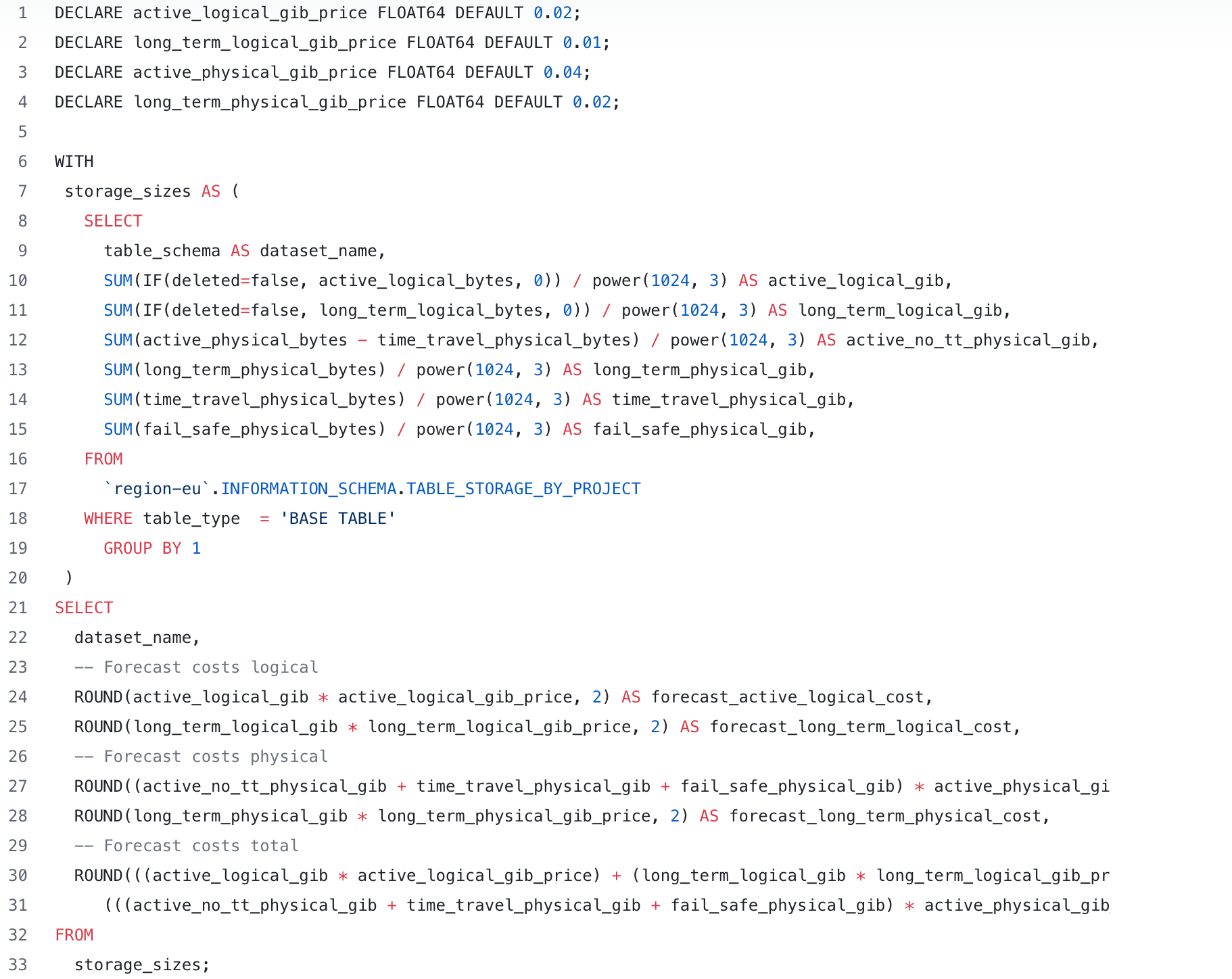
Theodo France
Prozkoumejte jejich příspěvky
Ponořte se do společnosti tím, že si přečtete jejich příspěvky a dozvíte se více o jejich kultuře a oblastech působnosti.
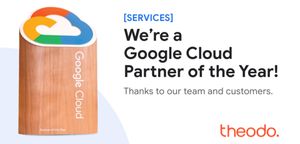
Theodo Named 2025 Google Cloud Services Partner of the Year
Las Vegas, April 8, 2025 Theodo today announced that it has received the 2025 Google Cloud Services Partner of the Year. Theodo is being recognized for its achievements in the Goog…
4. 7. 2025

Faites des Plugins pas la Guerre: REX sur ma bataille pour écrire un plugin
Imaginez commencer chaque projet avec tous les outils configurés et prêts à l’emploi. Le rêve, non ? En tant que développeur Android, j’ai toujours eu à portée de main les outils n…
4. 7. 2025

Don’t use Langchain anymore : Atomic Agents is the new paradigm !
Introduction Since the rise of LLMs, numerous libraries have emerged to simplify their integration into applications. Among them, LangChain quickly established itself as the go-to…
4. 7. 2025

Optimize Your Google Cloud Platform Costs with Physical Bytes Storage Billing
In today's data-driven world, cloud providers are essential for efficiently managing, processing, and analyzing vast amounts of data. When choosing one such provider, Google Cloud…
8. 4. 2025
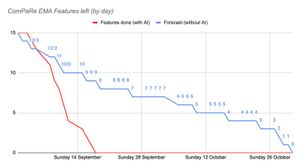
How I Shipped 2 Months of Features in 3 Weeks With LLM Agents (and What It Means for Engineering Leaders)
In three weeks, I pushed 15 brand-new features into production for ComPaRe EMA, the mobile app we’re building for AP‑HP. Without LLM agents, that same backlog would have taken two…
3. 10. 2025

REX après la migration d’une feature Android/iOS vers KMP
Dans un premier article, nous avons exploré comment migrer progressivement une application native Android/iOS vers Kotlin Multiplatform (KMP). Si vous avez suivi ce guide, vous ave…
4. 7. 2025

ShedLock : Gérer efficacement les tâches planifiées dans une architecture multi-instances
Introduction Pour les applications d'entreprise, en 2025 l’exécution de tâches planifiées est un besoin courant : génération de rapports, traitements par lots, synchronisation de d…
4. 7. 2025
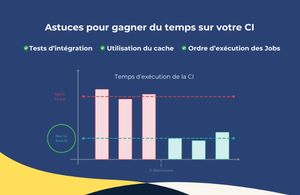
Comment diviser par 2 votre temps de CI grâce à ces simples astuces
Chez Theodo HealthTech, notre politique est de créer un code de qualité tout en respectant nos délais de livraison. Cependant, pendant trois sprints consécutifs, nous avons livré d…
8. 4. 2025
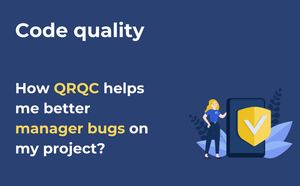
How QRQC helps me better manage bugs on my project?
As a software developer, you spend most of your time delivering code and then fixing bugs you introduced in your code. The Pareto principle is a great way to represent our day-to-d…
4. 7. 2025

How we migrated from AWS Glue to Snowflake and dbt
Today, I’ll tell you about our ETL migration from AWS Glue to the Snowflake and dbt modern data stack. My team’s mission is to centralize and ensure data reliability from multiple…
4. 7. 2025

Sécuriser les partages Notion : guide pour tous
Chez Theodo Fintech, nous avons fait de Notion notre QG digital. Documentation produit, projets tech, comptes rendus, référentiels clients ou financiers… tout y passe. Et c’est bie…
4. 7. 2025

Construire un produit Gen AI : le guide de survie pour les PMs
Bienvenue dans l'ère de l'IA générative, où les machines créent du contenu de manière autonome. Pour les product managers (PMs), cela représente une révolution autant qu'un défi. L…
8. 4. 2025

Qu’est-ce que le scaling ?
Une bonne application est une application qui tient sa charge d’utilisateurs, notamment grâce à un scaling controlé. Dans cet article nous aborderons ce sujet, et plus particulière…
4. 7. 2025

How LLM Monitoring builds the future of GenAI ?
Discover how Langfuse offers secure, open-source monitoring for LLM and GenAI solutions. Large Language Models (LLMs) are popping up everywhere and are more accessible than ever. W…
4. 7. 2025
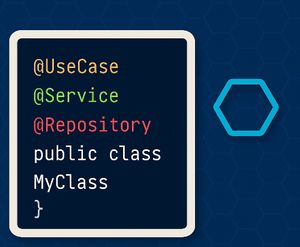
Les annotations java custom pour respecter l’architecture hexagonale
Le problème que l’on veut résoudre Lorsque l’on développe une API avec Spring Boot, il est fréquent d’utiliser les annotations fournies par le framework, telles que @Service, @Comp…
4. 7. 2025

Le kit de survie du Product Manager responsable en 4 étapes
Alors que j’étais tranquillement en train de me laisser charmer par la dégustation gratuite de tofu fumé de mon Biocoop l’année dernière, une soudaine prise de conscience a heurté…
8. 4. 2025

